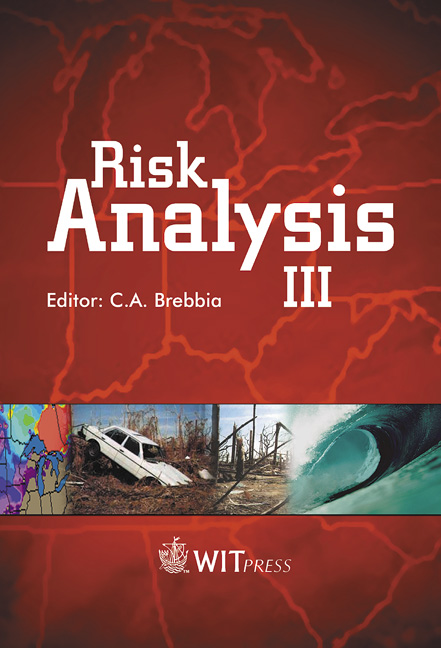Prediction Rate Functions Of Landslide Susceptibility Applied In The Iberian Peninsula
Price
Free (open access)
Transaction
Volume
31
Pages
Published
2002
Size
1197 kb
Paper DOI
10.2495/RISK020681
Copyright
WIT Press
Author(s)
A. G. Fabbri, C. F. Chung, P. Napolitano, J. Remondo & J. L. Zêzere
Abstract
Prediction rate functions of landslide susceptibility applied in the Iberian Peninsula A. G. Fabbri1, F. F. Chung2, P. Napolitano3, J. Remondo4 & J. L. Zezere5 1ITC, 7500 AA Enschede, & SPINlab, Vrije Universiteit, I081 HV Amsterdam, The Netherlands 2 Geological Survey of Canada, Ottawa KIA OE8, Canada 3ACTA, Via D. Fontana 40, 80128 Napoli, Italy 4DICITIMAC, Universidad de Cantabria, 39005 Santander, Spain 5 Centro de Estudos Geograficos, Universidade de Lisboa, I699 Lisboa, Portugal Abstract The prediction models of landslide susceptibility that we have developed, generate not only predicted hazard maps but also prediction-rate curves, which allow us to estimate the probabilities of the occurrences of future landslides from the hazard maps. For a risk-analysis estimating the \“economic” values of the population, properties, economic activities, etc., the estimates of the probabilities are absolutely critical statistics. To use the hazard maps for risk analysis, we must be able to estimate the probability of occurrence of a future landslide at each hazard level in the maps. Without the estimates of such probabilities, the hazard maps can provide only indicators of landslide hazard, but they cannot be directly useful for a decision process. With those probabilities, however, decision makers can quantitatively assess the economic sterilization due to the possible damage under the assumptions of appropriate scenarios. Hence, they can take a learned and informed decision. Predictions are based on \“Favourability Functions” that integrate the spatial relationships between the distribution of trigger zones of specific dynamic types of landslides and the surrounding mapping units and contour intervals. The latter two represent the spatial support to estimate the likelihood of further failures.
Keywords





